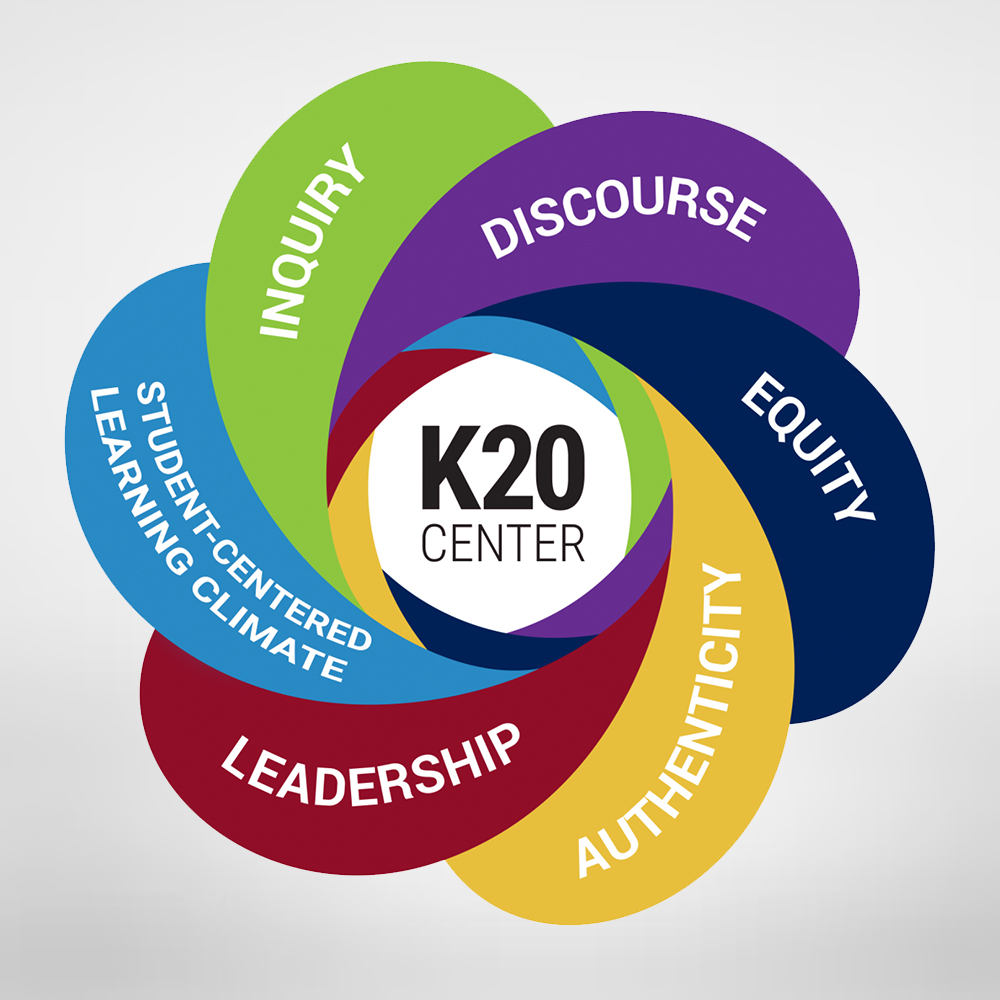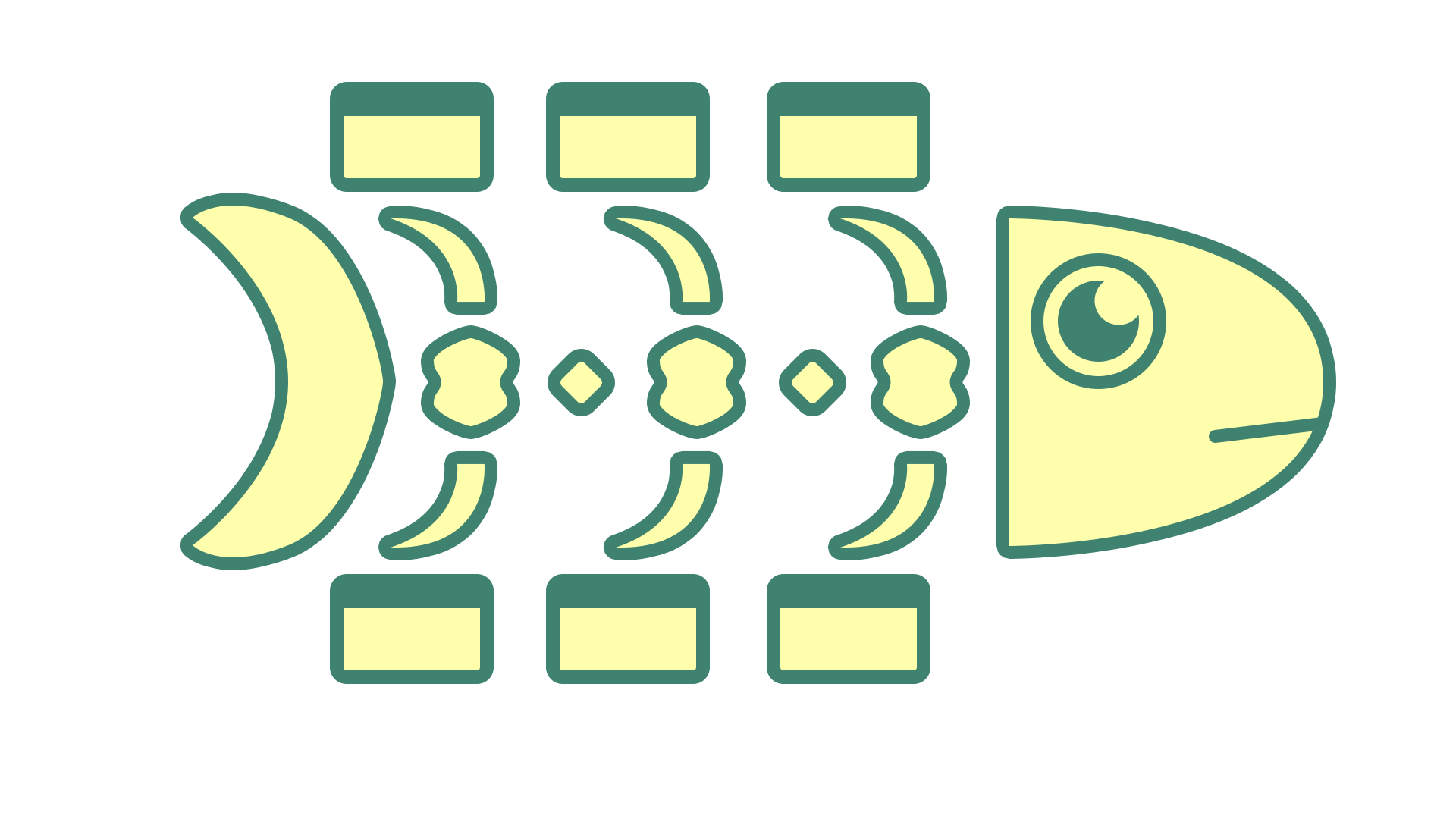Summary
This collection offers professional learning and strategies designed to support the Inquiry Cycle, a research-driven framework that empowers instructional leadership teams to pursue continuous improvement through data-driven practices. Schools and classrooms that embrace this process consistently demonstrate growth in both student achievement and engagement. A full cycle of inquiry encompasses key phases: articulating goals, asking critical questions, analyzing data, interpreting findings, making informed decisions, taking action, reflecting, and making necessary adjustments.Resources

This professional learning activity asks participants to reflect on the importance of the inquiry cycle. Participants will examine a school data case study, take on different lenses for interpreting data, and explore what research tells us about the inquiry cycle and how it can support schools in making... Read more »
- Administrators, All Staff or Teachers
- Any time of year
- Large Group (at least 30), Medium Group (at least 10), Small Group
- Interpret

This professional learning session focuses on data-driven decision-making in the context of instruction. Participants will establish a definition the data-driven decision-making, identify the steps in the data-driven decision-making process, and explore the conditions and methods for successfully using... Read more »
- New Teachers, PLC, Teachers
- Any time of year, Planning/Collaboration/Conference Time
- Large Group (at least 30), Medium Group (at least 10), Small Group, Small Group (at least 4)
- Analyze, Collaborate, Increase Teacher "Toolbox", Problem Solving, Recognize

Fishbone
- 6th - 12th
This strategy guides students to consider all possible factors that contribute to an outcome. Students create Fishbone diagrams to analyze and evaluate scientific or historical events to better understand their root causes. Read more »
- Individual, Small Group, Whole Class
- Extend/Additional Learning Activity
- 10 - 20 Minutes
- Analyze, Brainstorming, Collaborate, Critical Thinking, Interpret
- 6th - 12th
The inquiry cycle starts with asking questions that help define the problem and articulate goals. Explore these strategies to engage effectively with this phase of the process. While many strategies in our collection are designed for classroom application with students, they can be easily adapted for use in professional learning environments.

RAVEN
- Secondary
This strategy provides a scaffold for students to reflect on and rate the credibility of sources they find while doing research. They analyze sources using these five factors: Relevance, Authority, Verifiability, Evidence, and Neutrality. Read more »
- Individual, Small Group
- 20 - 30 Minutes, More Than 30 Minutes
- Research
- Secondary
Understanding how to read research and interpret data are both crucial to discovering insights for interventions that fit your questions and making informed decisions during the inquiry cycle. This collection includes tools that help analyze research and draw meaningful insights from data.

SMART Goals
- Undergraduate - Secondary
By following the SMART goals criteria, students, teachers, and schools can set actionable, clear, and realistic goals that increase the likeliness of achieving desired outcomes. Read more »
- Individual, Large Group (at least 30), Medium Group (at least 10), Small Group (at least 4), Whole Class
- 10 - 20 Minutes, 20 - 30 Minutes, More Than 30 Minutes
- Action Plans
- Undergraduate - Secondary
These strategies aid in setting clear, actionable goals that drive continuous improvement.

SWOT (Strengths, Weaknesses, Opportunities, and Threats)
- Preschool - Secondary
SWOT (Strengths, Weaknesses, Opportunities, and Threats) analysis is a versatile assessment tool that permits strategic planning and evaluation of a project or organization. The SWOT framework can identify core strengths and weaknesses as well as the external opportunities and threats that affect performance. Read more »
- Individual, Large Group (at least 30), Medium Group (at least 10), Small Group, Small Group (at least 4), Whole Class
- Evaluate/Assessment
- More Than 30 Minutes
- Action Plans, Evaluate, Reflection, Review, Self-assessment
- Preschool - Secondary
Reflection and adjustment are key to completing the inquiry cycle. These strategies can help you evaluate outcomes and make informed changes for future success.
This work is licensed under a Creative Commons CC BY-SA 4.0 License.
Report copyright infringement »

